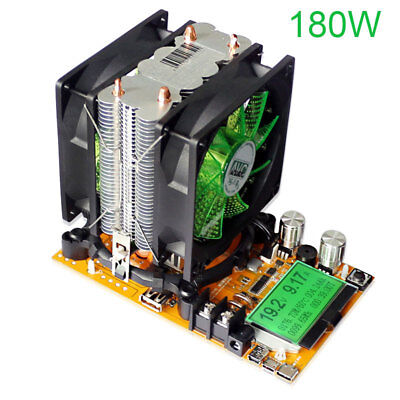A solar charge controller failed on my boat allowing high output from one 50w solar panel to reach the batteries directly. The issue lasted about 4 days - started on July 22nd and lasted until about shortly after 12PM yesterday, when I was able to return to the boat and diagnose/disconnect it. (I copy-pasted a 3-hour interval sampling log from my Boat Command monitor). The overall bank is rated 220 AH
The batteries seem to be working OK, but if I have lost capacity I'd like to know; is this something I can measure?
The batteries seem to be working OK, but if I have lost capacity I'd like to know; is this something I can measure?
| 7/25/2020 2:27 PM | 14.41v |
| 7/25/2020 11:27 AM | 16.51v |
| 7/25/2020 8:27 AM | 16.60v |
| 7/25/2020 5:27 AM | 12.89v |
| 7/25/2020 2:27 AM | 12.89v |
| 7/24/2020 11:27 PM | 12.92v |
| 7/24/2020 8:27 PM | 13.04v |
| 7/24/2020 5:27 PM | 16.02v |
| 7/24/2020 2:27 PM | 16.29v |
| 7/24/2020 11:27 AM | 16.51v |
| 7/24/2020 8:27 AM | 15.93v |
| 7/24/2020 5:27 AM | 12.89v |
| 7/24/2020 2:27 AM | 12.92v |
| 7/23/2020 11:27 PM | 12.92v |
| 7/23/2020 8:27 PM | 13.01v |
| 7/23/2020 5:27 PM | 15.93v |
| 7/23/2020 2:27 PM | 16.42v |
| 7/23/2020 11:27 AM | 16.39v |
| 7/23/2020 8:27 AM | 16.02v |
| 7/23/2020 5:27 AM | 12.86v |
| 7/23/2020 2:27 AM | 12.89v |
| 7/22/2020 11:27 PM | 12.92v |
| 7/22/2020 8:27 PM | 12.95v |
| 7/22/2020 5:27 PM | 15.38v |
| 7/22/2020 2:27 PM | 16.08v |
| 7/22/2020 11:27 AM | 13.77v |
| 7/22/2020 8:27 AM | 12.95v |
| 7/22/2020 5:27 AM | 12.59v |
| 7/22/2020 2:27 AM | 12.62v |
| 7/21/2020 11:27 PM | 12.62v |


![1595360543395[1].jpg](/data/attachments/161/161299-b5394cde98fd7bcb2147d9e8945d8753.jpg)
